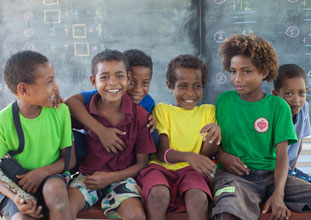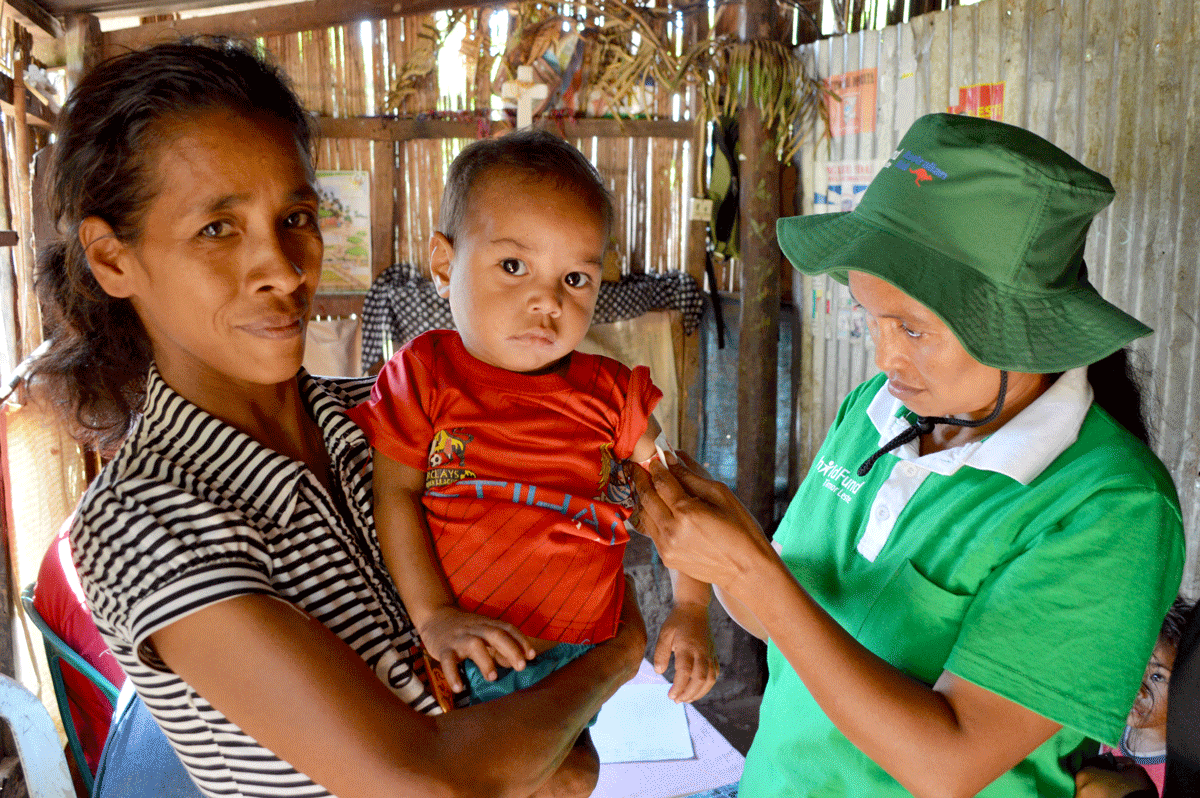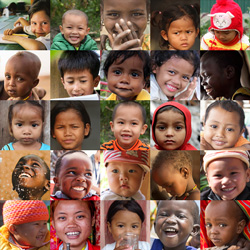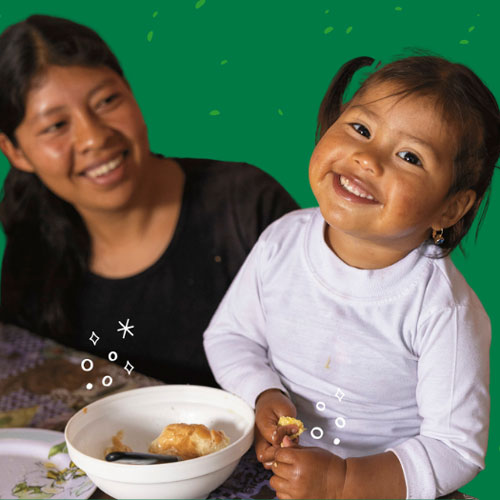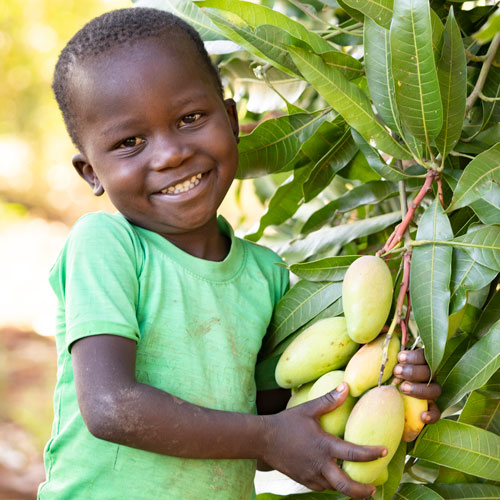International Day for the Eradication of Poverty: In Kenya alone 222,720 children could die of starvation by Christmas
While the rain continues to pour down here in Australia, the Horn of Africa is facing its fifth consecutive year of drought with more than 20 million people facing the prospect of famine by Christmas. Kenya is one of the most impacted regions where 3.5 million people are starving, a number that is expected to increase to 4.4 million by Christmas.
According to the IPC, there are over 884,000[1] children under 5 years of age that are acutely malnourished. For 25% these children their situation has been classified as ‘Severe’ meaning if they do not receive adequate nutrition by Christmas their prospects of survival significantly diminish.
ChildFund is on the ground in Kenya helping families obtain critical food, water, and supplies. They do this by providing families with cash transfers so they can buy milk, food and other important supplies they require. Supporting these families with cash transfers offers them the opportunity to make decisions for themselves and raise their children in a dignified way.
Click here for vision of ChildFund in Africa – Kabale’s Story
Click here for vision of ChildFund in Africa – Drought
This year on International Day for the Eradication of Poverty, the UN have themed the day ‘Dignity For All in Practice’. While ChildFund know that the crisis in the Horn of Africa is expected to worsen they believe that supporting these families with cash transfers provides them dignity and hope for a better future.
Margaret Sheehan Chief Executive Officer of ChildFund Australia has stressed the need for rapid response and is committed to delivering the funds that families need.
“We’re strong believers in ‘Dignity for All’, when we interact with effected communities, we want people to feel empowered to make decisions and choices that are right for them,” said Ms Sheehan.
“ChildFund is committed to working on the ground with the most vulnerable families to ensure that they have access to immediate direct cash transfers.”
“Evidence shows that cash transfers improve food security at the household and community level and can have positive impacts on the health, nutrition, and care of children. Our programs puts decision making back into the hands of parents of families experiencing high levels of distress and disruption, enabling families to recover faster and children to return to education and their daily routine.”
Anyone interested in donating to ChildFund and supporting their efforts to alleviate poverty in the Horn of Africa please head to /appeals/hunger-crisis/
-Ends-
MEDIA: Spokespeople, are available for interview.
For all media enquiries, please contact:
Jonathan Sweet
0400 679 329
jsweet@reputationedge.com.au
[1]IPC International Food Security Phase Classification, “Kenya – ASAL – IPC Acute Food Insecurity and Acute Malnutrition Analysis”, 28 September 2022
Sydney, Australia, 29 January 2016: A severe shortfall in aid funding is putting thousands of children at risk as Ethiopia deals with its worst drought emergency in decades.
Following two consecutive seasons of failed rains, the Ethiopian government declared in December 2015 that 10.2 million people would require immediate humanitarian assistance in 2016[1]. This includes 435,000 children suffering from Severe Acute Malnutrition and 1 million children with Moderate Acute Malnutrition.
Two million people are without safe drinking water, heightening the risk of disease outbreak.
In the South Nation Nationality People (SNNP) and Oromia regions, the drought is affecting 300,000 people across ChildFund Ethiopia’s program areas, around a third of whom are considered most vulnerable – children under five, pregnant and lactating women, and the elderly.
“Scarcity of water is challenging health, education and livelihoods in most of our operational areas,” said ChildFund Ethiopia’s national director Chege Ngugi.
“Farmers cannot plant vegetables for household consumption due to the lack of water, nor is there sufficient water for drinking. Pastoralists are forced to wander from place to place with their livestock looking for water and pasture. Children are being taken out of school to go in search of water,” he added.
For the past three months, ChildFund Ethiopia has been working with the government and local partners to support 74,000 most vulnerable children and family members in seven districts, providing emergency relief in the form of supplementary food – sacks of Famix, a high-protein, ready-to-eat mix of whole roasted corn and soy flour – and edible oil. ChildFund’s local partners are also supporting the government to provide blankets, sheets and mattresses to help health centres handle the growing demand as more and more children need treatment.
With the drought and resulting food shortage expected to continue well into 2016, USD $21 million (approx. AUD $30 million) is now urgently needed to provide a six-month supply of emergency food rations for 300,000 people in eight districts where ChildFund works, covering the purchase of grain, pulses and oil, as well as transport costs. Out of this, USD $5 million (approx. AUD $7 million) will provide supplementary food for the 100,000 people who are most vulnerable, with a particular focus on preventing and treating malnutrition in young children.
ChildFund Australia CEO Nigel Spence said: “ChildFund has worked in Ethiopia for more than 40 years and is deeply committed to continuing progress for children’s wellbeing and development.
“In recent years, the Ethiopian government has worked hard to build the nation’s economy and infrastructure. We must provide help now, so that Ethiopia can continue this progress in the future, and children in this developing nation can have the best possible start in life.”
[1] Government of Ethiopia and Humanitarian Partners, ‘Humanitarian Requirements Document 2016’, (December 2015).
